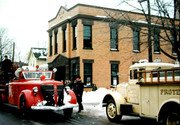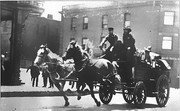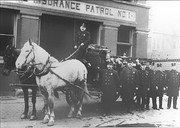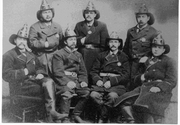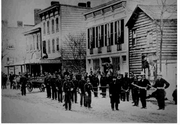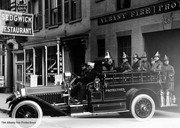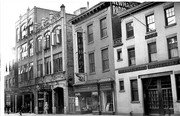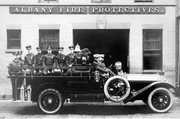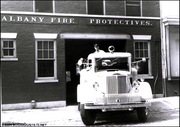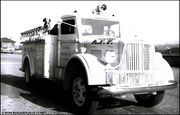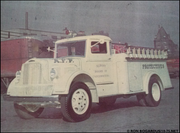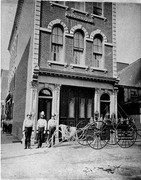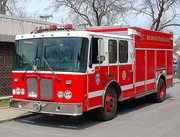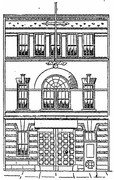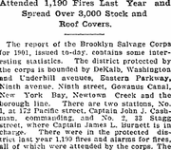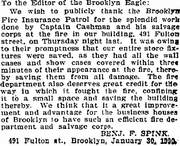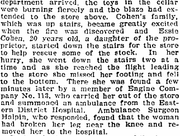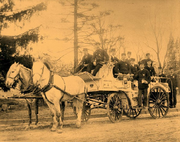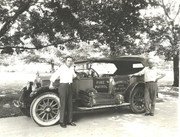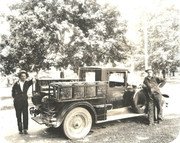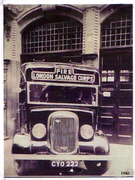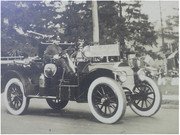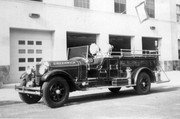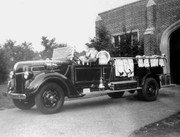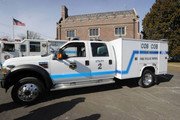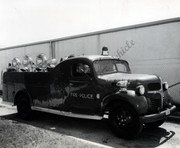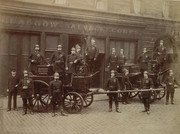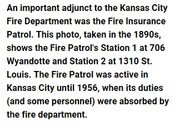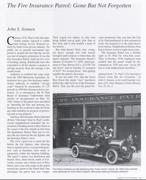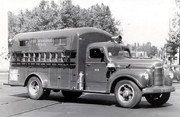ALBANY
A major fire the Albany Fire Protectives fought with the Albany Fire Department was the March 29,1911 NYS Capitol Building fire.
"ALBANY -- By the time Fire Box 324 was pulled downtown at 2:42 a.m. on March 29, 1911, the state Capitol had been burning without impediment for one-half hour, gathering in ferocity.
When firefighters arrived with horse-drawn pumpers, the most costly and celebrated building constructed in 19th-century America was a roaring inferno.
Flames shot 200 feet in the air and a vast plume of black smoke enveloped the sleeping city. Smoldering paper embers carried on updrafts drifted for miles until they burned out and fell to earth, charred reminders of the greatest loss of its collective culture in the state's history.
Fueled by 500,000 books and 300,000 manuscripts in the State Library, searing heat twisted metal framing in a huge skylight above the Great Western Staircase and sent glass panels raining to the stairs far below in a crashing cascade. Suddenly open to the sky, a rush of oxygen fed the conflagration with a fierce energy.
The fire burned so intensely that it melted the stairway's carved sandstone filigree into a molten slurry. At the top of the "million-dollar staircase," 10,000 of the State Museum's most prized archaeological and ethnographic objects stored in tall glass cases, including its world-famous Iroquois collection, were consumed in a flaming corsage.
The landmark structure -- constructed with blocks of granite as thick as a man's chest, a building that state officials had insisted was "fireproof" -- shuddered with percussive booms as large sections of walls and acres of heavy wooden bookshelves caved and fell into the pulsating throat of the fiery volcano.
The five-story northwest corner of the Capitol, located on the uptown side of the building flanked by Washington Avenue, pancaked to the ground in a pile of scorched, twisted metal and stone rubble.
In a narrow passageway on the fourth floor, the body of night watchman Samuel Abbott, a 78-year-old Civil War veteran, was recovered, a silver-handled cane at his side. His pocket held a key to a locked door a few paces away, through which he might have escaped. Remarkably, Abbott was the only casualty of what became known locally as "The Great Fire of 1911."
Out on the streets, authorities began to rouse residents in a widespread evacuation along fashionable Elk Street and from the stately row houses that lined Washington Avenue and State Street.
People across the city awoke and rushed to view a sight cataclysmic and unimaginable. The granite monolith that took 32 years and $25 million to complete was a smoldering hulk of wreckage. Architects had touted the building's invincibility, and no standpipes, extinguishers or other fire safety equipment were installed.
Although no official cause of the fire was ever determined, suspicion was originally focused on faulty wiring. More recent speculation has suggested that a smoldering cigar butt may have been dropped during a late-night gathering among Assembly staffers. The fire started in the third-floor Assembly Library, quickly spread to the adjacent State Library and engulfed the fourth and fifth floors. It destroyed up to one-half of the square footage on those floors on the Capitol's northwest side, while lower floors sustained mainly water and smoke damage."
(from Timesunion.com)
http://www.timesunion.com/local/article/1911-Capitol-fire-remains-seared-into-city-s-1308984.php
http://www.nysm.nysed.gov/capitolfire/fire/index.html
Log book with entry for 1911 Capitol fire demonstrates how Albany Fire Protectives documented runs and work performed:
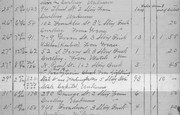
Looks like date, time, box, location, description, covers thrown, hours worked
1938 :
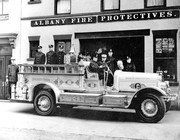
Picture of Albany Fire Protectives rig with AFD H&L 1 at Engine 9:
